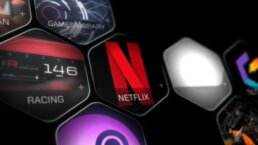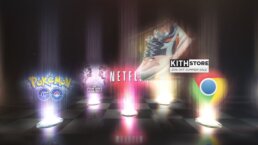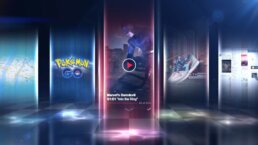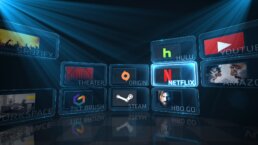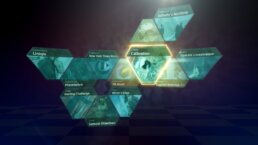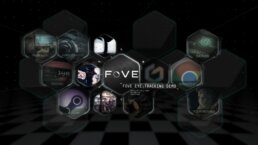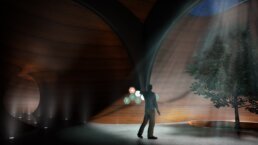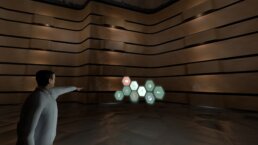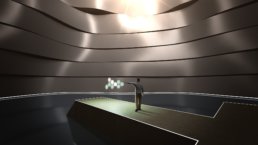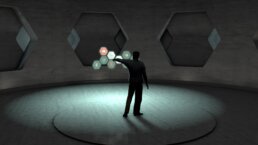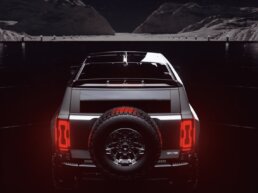01
Introduction
In the summer of 2016, the team at Fove enlisted us to help define the experience of the world’s first eye tracking virtual reality headset. By highlighting Fove’s most unique attribute — the ability to see where the user is looking, we were able to create a new interaction paradigm that feels truly telepathic.
02
MOTION EXPLORATION
The process began with an exploration of themes and interaction concepts. This exploration is crucial to defining the underlying experience within VR. Our team was able expedite the process and rapidly iterate on ideas by exploring interactive tests in Unity, as well as creating pre-rendered proof-of-concept tests more typical to a VFX pipeline.
Gaze Scroll Motion Study
03
UI DESIGN
These tests led to some early conclusions for interaction techniques, allowing us to next focus our attention on the aesthetic development of the UI. This process included explorations into a wide range of various concepts. This diversity helped to refine the final visual direction for the interface.
04
ENVIRONMENT DESIGN
Once the aesthetics of the interface were defined, we turned our attention to environmental concepts for the space that surrounds the user in order to give this unique VR experience a sense of scale. Here again, a breadth of concepts were explored in order to provide direction for the final environment.
05
E-COMMERCE
Our collaboration with the Fove team expanded across their entire ecosystem, as we defined not only the base interaction paradigm, but also concepts for web browsing and commerce within the unique headset as well.
06
HEADSET RELEASE
The final results of this collaboration on the Fove user experience can be best seen from inside one of Fove’s new headsets, to be released the end of the year. If you happen to be at VRDC this week stop by and check them out, otherwise you can follow their progress online. We are excited to have been a part of this historic milestone in the development of VR.
